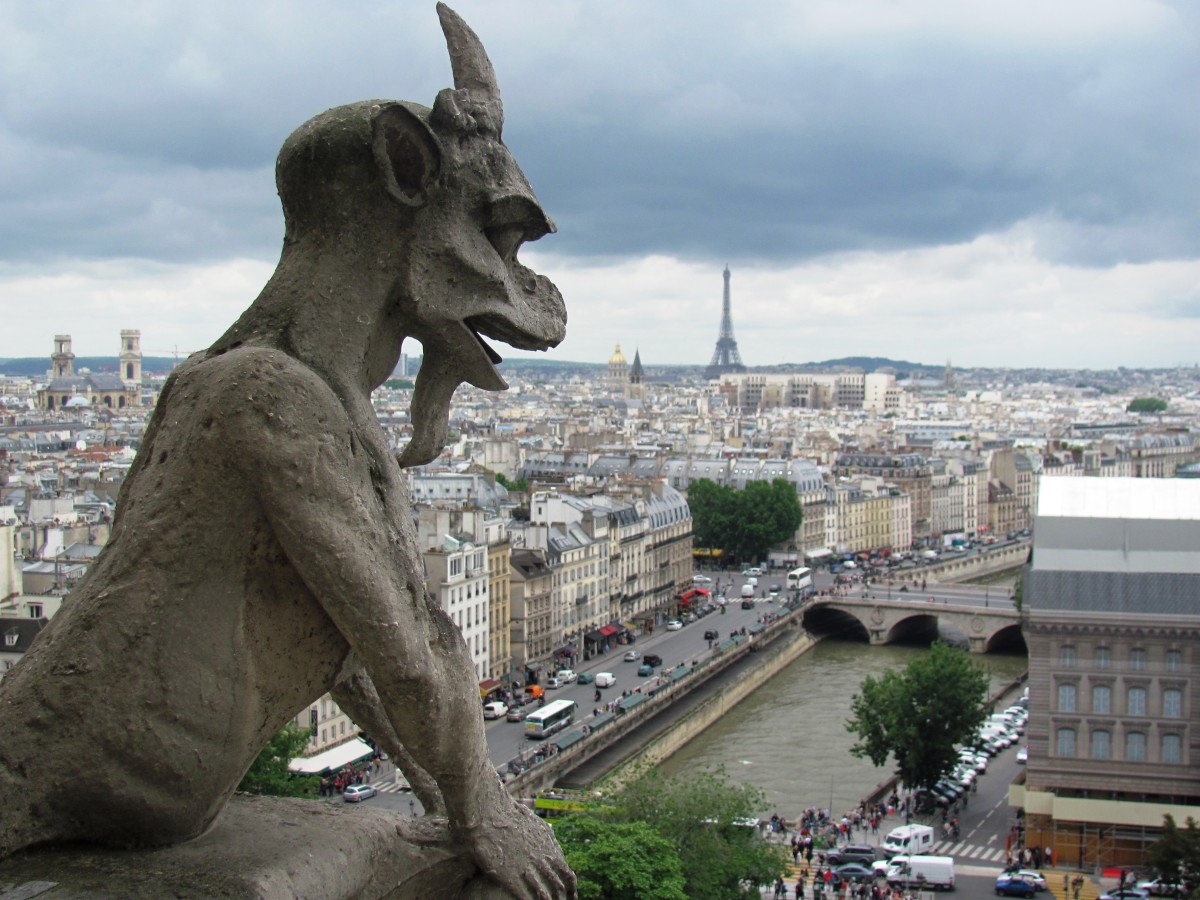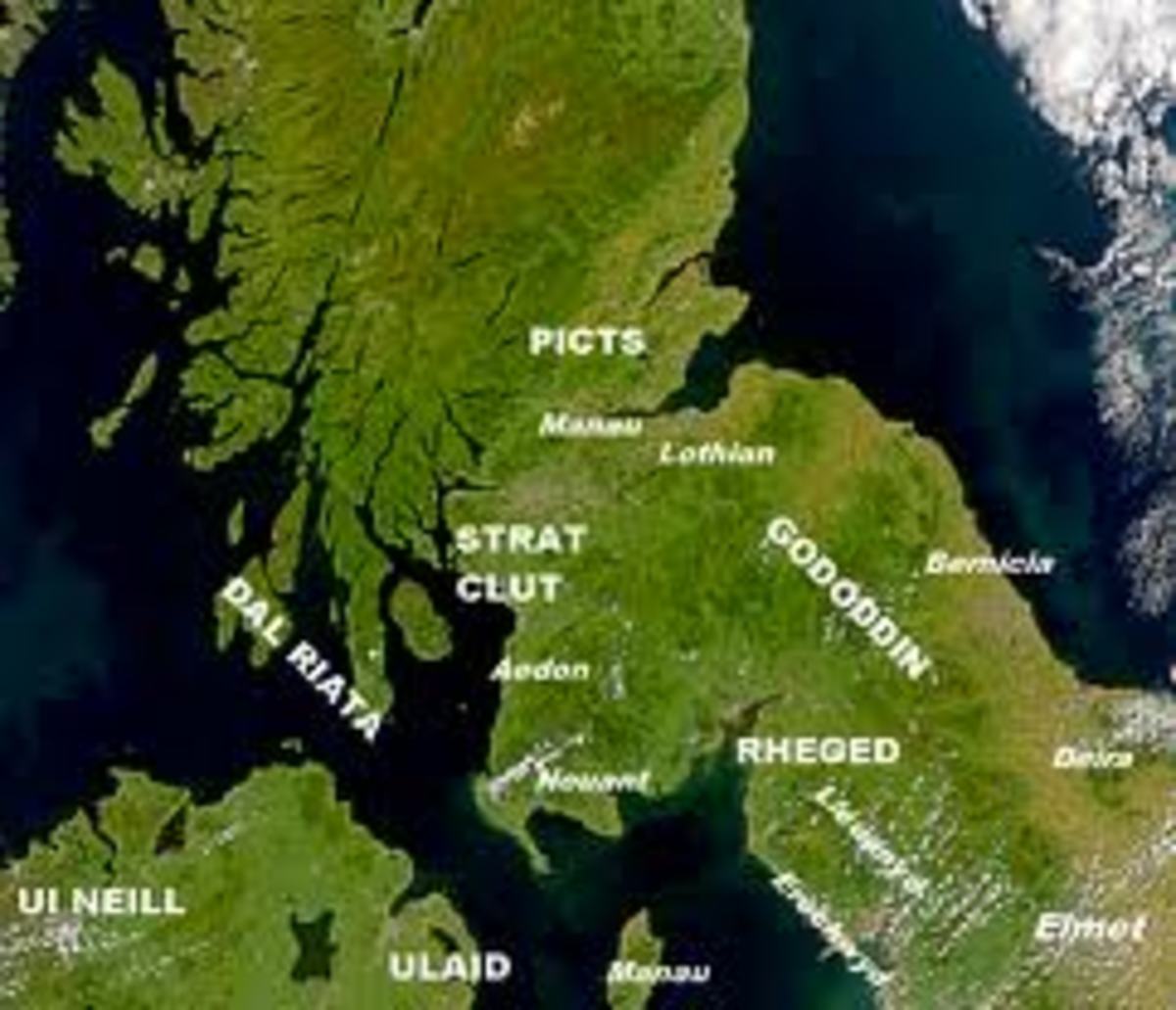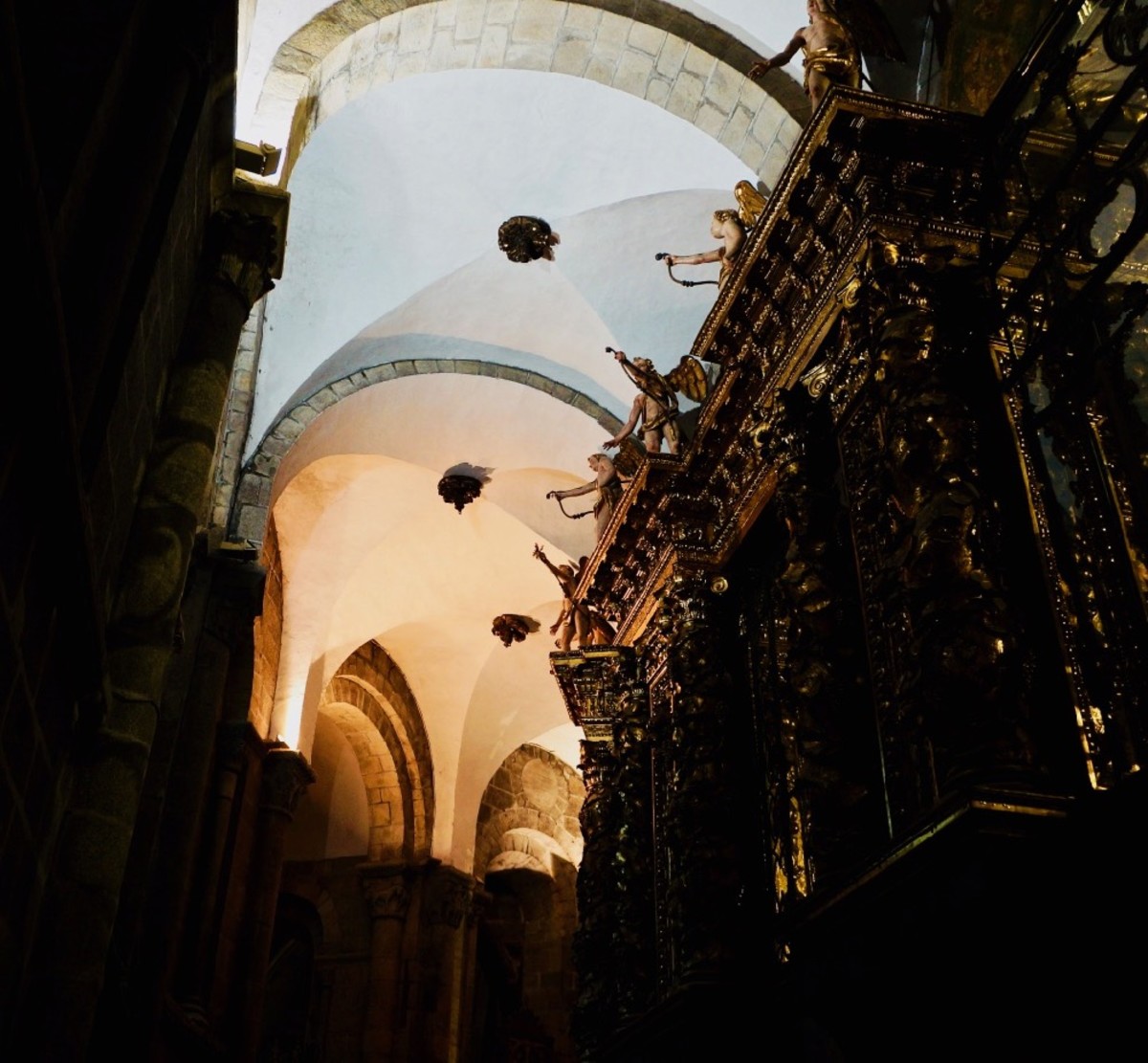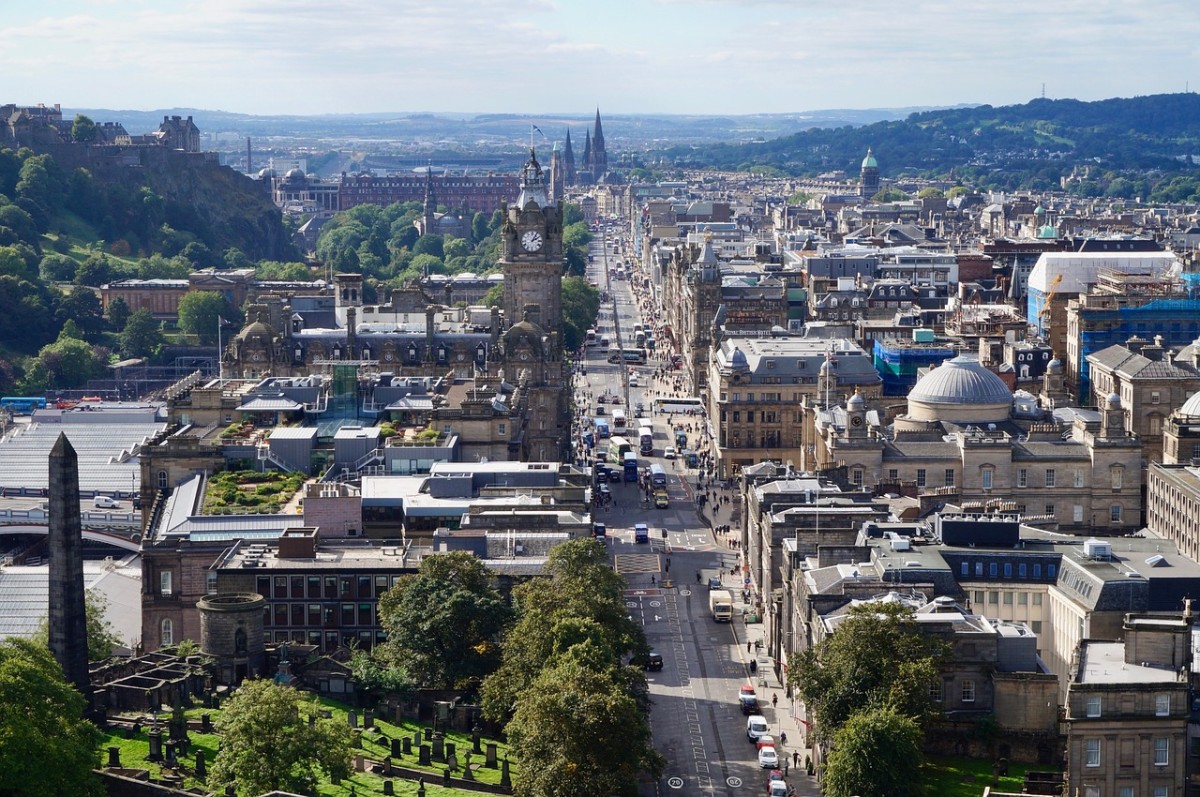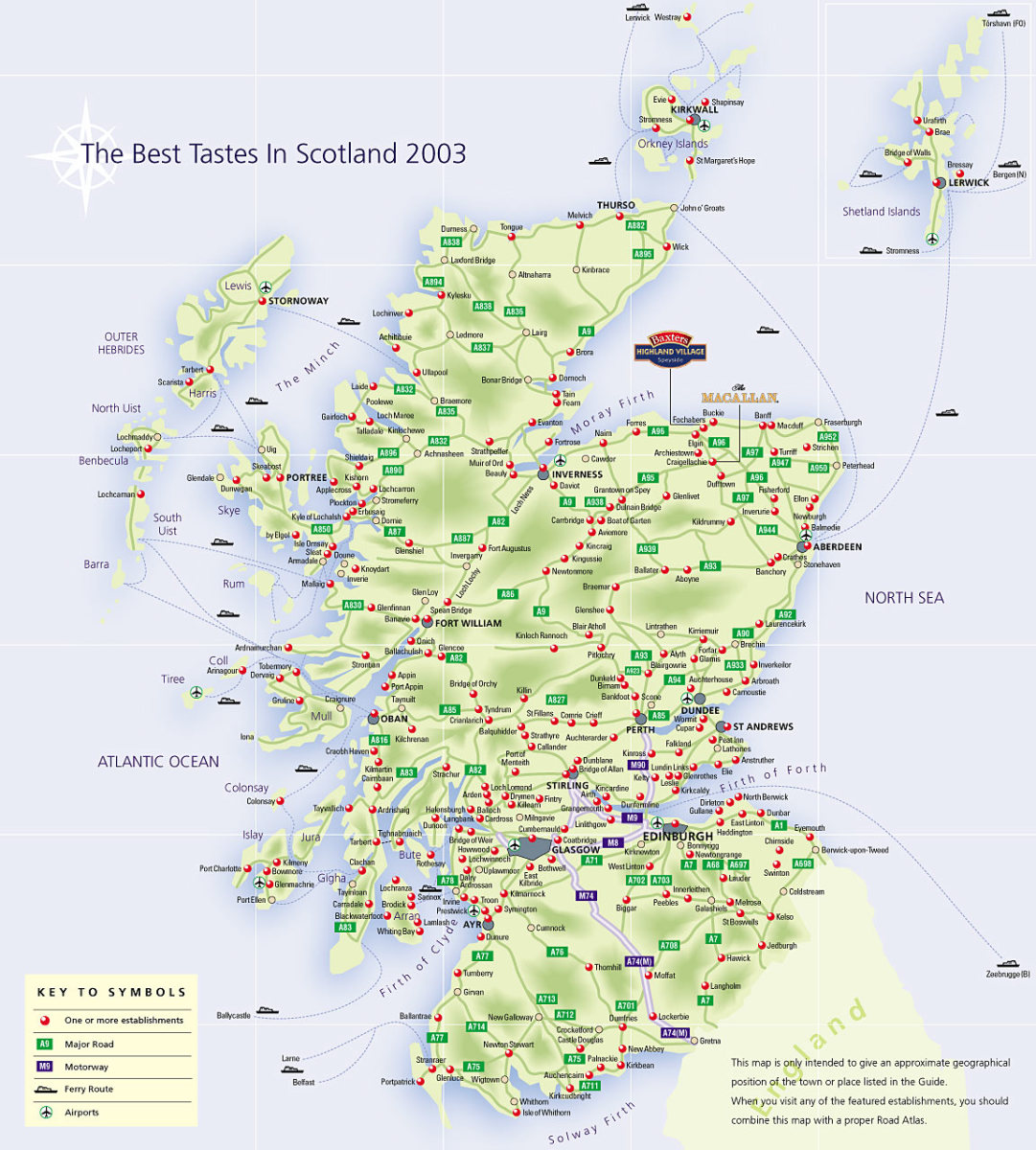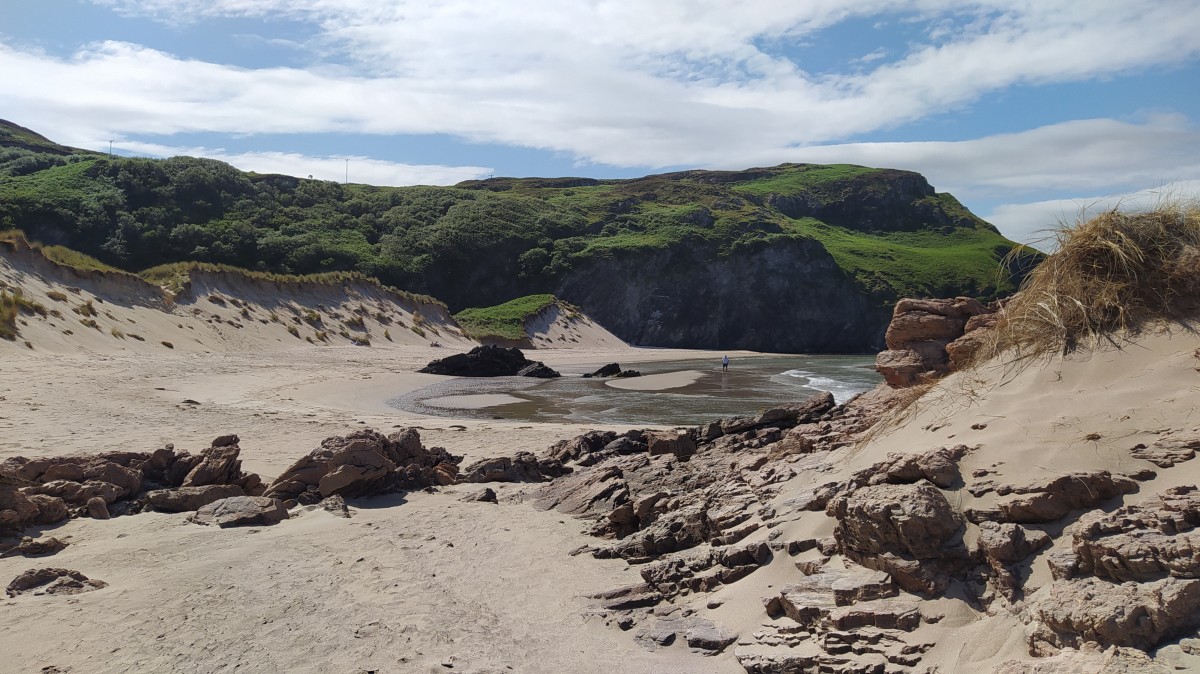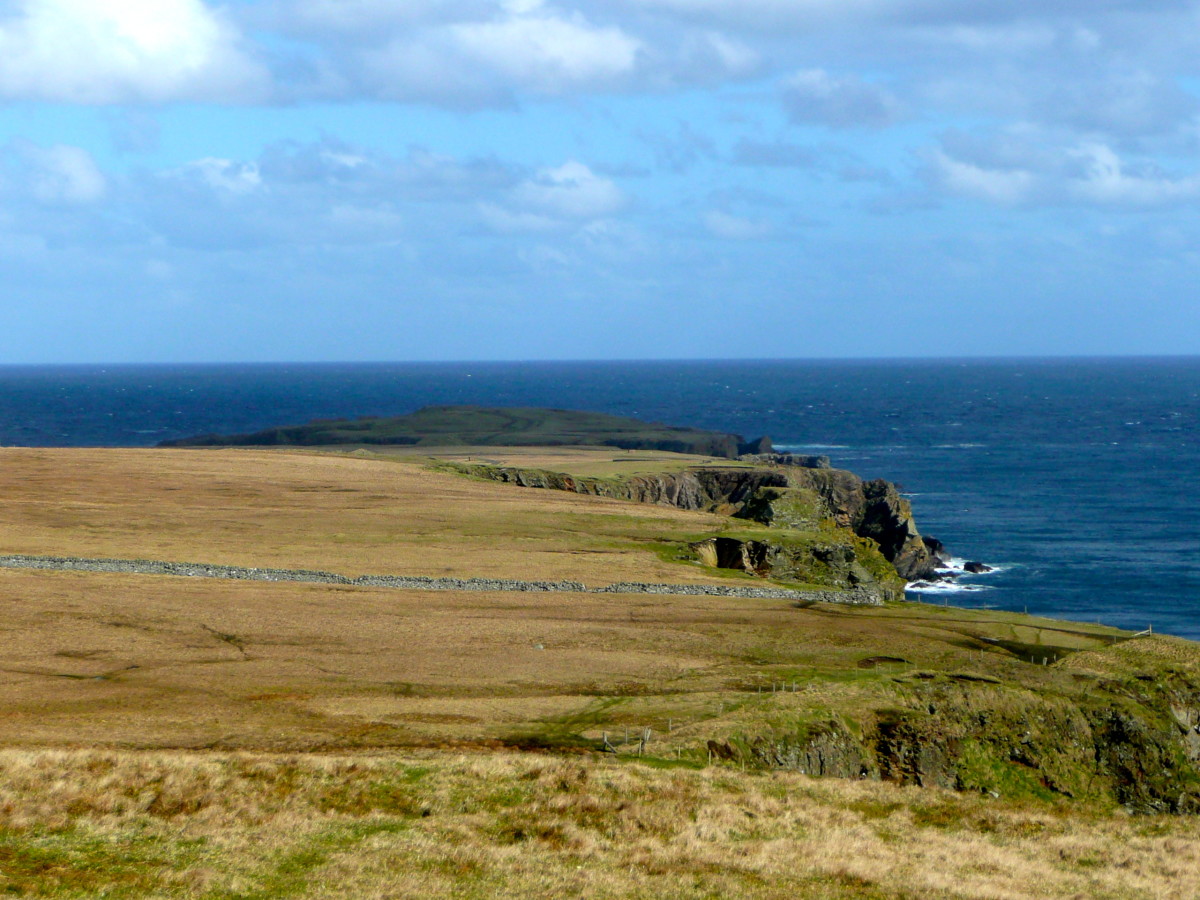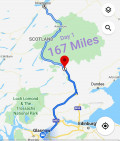- HubPages»
- Travel and Places»
- Visiting Europe»
- United Kingdom
Glasgow Cathedral, Scotland, and it's History
Glasgow Cathedral, otherwise known as St. Kentigern's or St. Mungo's Cathedral, is situated in the heart of Glasgow right next to the Royal Infirmary.
It's history is of huge importance to the people of not only Glasgow, butScotland as a whole.
It was here that St. Mungo, the Patron Saint of Glasgow, set up the first church on the site.
St Mungo, or St.Kentigern, was Scotland's first bishop and the founding father of the City of Glasgow.
Glasgow Cathedral is the best preserved medieval church in Scotland to have survived the Reformation. Much of the current structure dates back to the 12th or 13th century and is a perfect example of Scottish Gothic architecture.
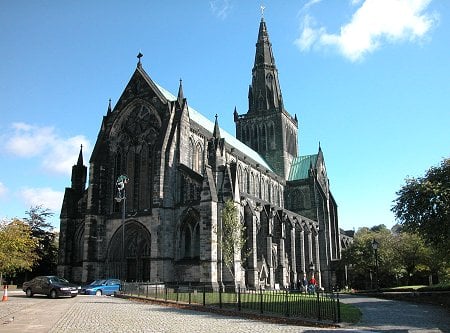
Glasgow Cathedral
The first wooden church on the site was built by St. Mungo, who later became the patron saint of Glasgow.
The exact date of this church is unknown, but the body of St. Mungo is in the crypts of the cathedral where he died, a very old man according to reports, in the year 613AD.
The next record available is of the consecrating of the first stone-built building in the presence of King David I in 1136.
In 1197 a new and bigger cathedral was consecrated after the previous one was destroyed by fire. Glasgow still commemorates this consecration with the annual Glasgow Fair Fortnight, a time for tradespeople to rest, held on the last two weeks of July.
Early in the 14th century, the nave was extended and completed.
The quire and the lower church were added in the late 14th century, as were the doors to the upper and lower Chapter Houses. It is believed the whole church, as can be seen in its present form, was completed in the early 15th century with the adding of the Pulpitum and the Blacader Aisle.
It is one of the finest examples of Scottish Gothic architecture around, and the only church on mainland Scotland to survive the Reformation with its roof intact.
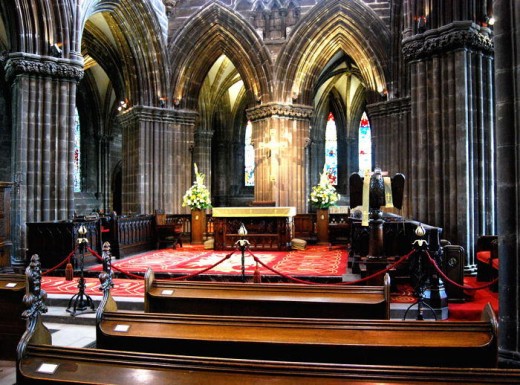
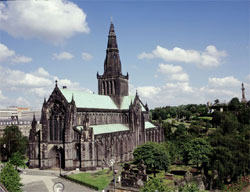
The Reformation
The Reformation was a period in time in European history when the increasingly educated people started turning against the preachings of the Roman Catholic Church.
The Scottish Reformation was finalised in 1560 with the banning of papal masses and repudiation of the Pope's authority.
John Knox was the widely considered to be the leading figure of the Reformation Movement in Scotland. A former priest, he had turned Protestant, probably after he witnessed the burning at the stake of his friend George Wishart who was a Scottish religious reformer.
When the Reformation finally became law, churches throughout Scotland were plundered and robbed of their riches, supposedly to return the tremendous wealth gained by the Catholic churches to the poor. Many were burnt to the ground or damaged beyond repair.
Both John Knox and George Wishart have streets named after them very close to Glasgow Cathedral.
Bach Toccata & Fugue in D minor, Glasgow Cathedral
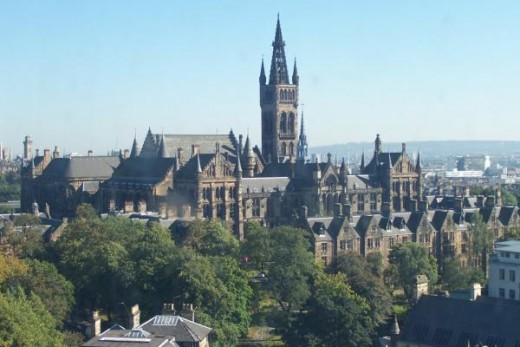
Glasgow University
Glasgow University was founded within the walls of Glasgow Cathedral in 1451.
The university eventually moved to alternative premises on the east side of High Street, close to the cathedral in Glasgow in 1460, where it remained until it moved to its current location in the west end of Glasgow in 1870.
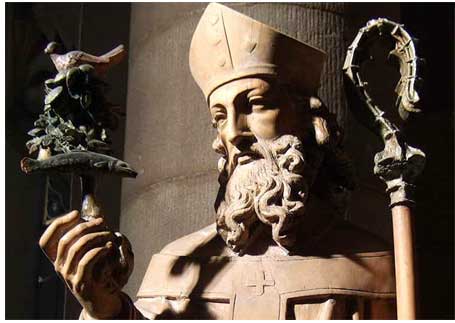
St. Mungo's birth
Much of the history of St. Mungo was not written until the 12th century and so his background seems to get lost a little in translation, but I am bringing you here what I have been able to learn.
St. Mungo's mother, The new, was the daughter of King Lleuddon of Haddington, in what is now Lothian, a region on the East Coast of Scotland.
In those days, Scotland didn't exist as it does today. Instead it was made of regions, each of which had a king and whose boundaries spread far and wide to what they are today. Scotland in those days spread as far south as Cheshire in England.
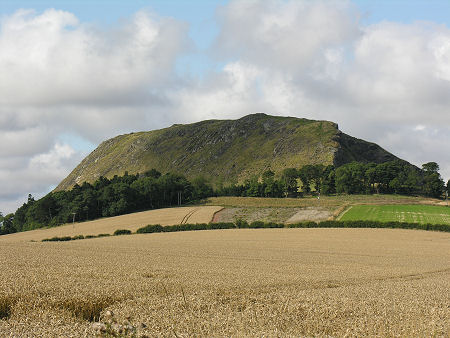
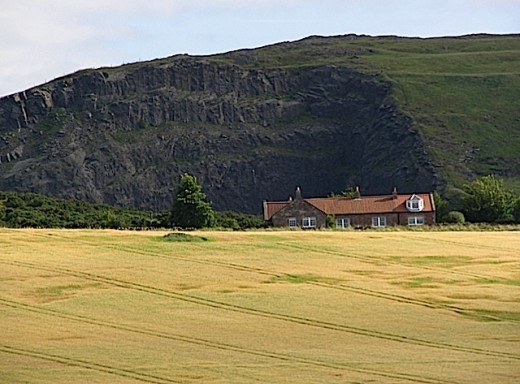
King Lleuddon, or Lot as he was referred to in other transcripts, was a knight of King Arthur. The name Lleuddon is Leudonis in Latin, which translates as Lothian, was therefore the King of Lothian as remembered in Arthurian tales. As well as being a close ally to, he was also King Arthur's brother-in-law.
His daughter The new became pregnant by Urien, the prince of Rheged who was Lot's brother.
In those days, the Christian church was all-powerful in Scotland, and it was the law of the land that unwed mothers be killed for having sex outside of marriage.
Lot threw his daughter off Traplain Law, a cliff on a large hill just outside of Edinbugh which housed at that time a fortified settlement.
The new amazingly survived this fall, and she was then cast adrift in a coracle, eventually reaching Fife on the other side of the River Forth. The coracle landed at Culross, and she gave birth to her son on the shore.
Help arrived and she was taken to a religious establishment there that was run by St. Serf. He took The new and the boy in and raised him. His mother had named him Kentigern, which means "chief lord", but St. Serf called him Mungo, a pet name meaning "dear heart".
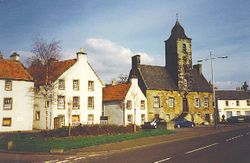
St. Serf
St. Serf (Servanus) was born in 500AD and died in 583AD. Serf was a son of Eliud, King of Canaan and his wife Alphia, daughter of a king of Arabia.
They were childless for a long time, but eventually gave birth to two sons, the second of which was Serf.
So revered was Serf, that when he went on a visit to Rome, he was elected Pope, an exulted position he held for 7 years.
In those days, the church was everything. They controlled education, and education was only afforded by the very rich and titled. As a result, many bishops were themselves crown princes or kings in their own right, and of course these people laid down the laws of the land too.
So it was that Prince Serf became Pope, and after his term of office he returned to Scotland, and set up a priory in an island on Loch Leven, known as St. Serf's Priory. That island has since been named St. Serf's Inch. He remaned there for 7 years before moving on to Culross in Fife where he is considered the founding father of the town.
St. Serf founded a priory here on a tiny island on the River Leven that now carries his name.
Thenew landed here and gave birth to St. Mungo. St. Serf took them in and brought the boy up.
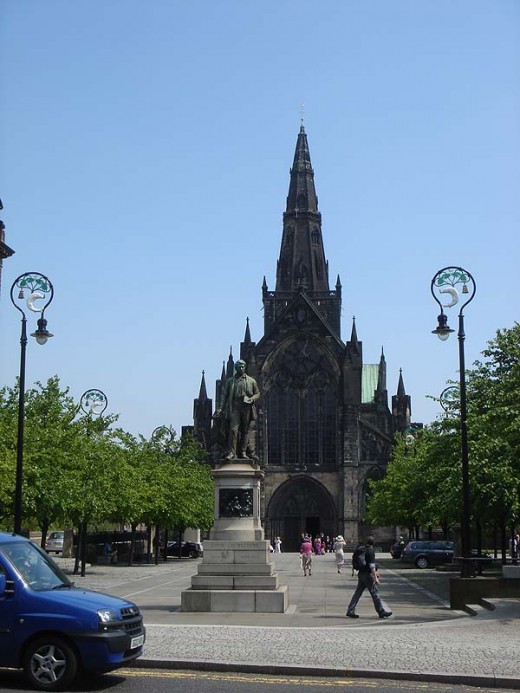
St. Mungo and the founding of Glasgow
St. Mungo's first diocese was in Hoddom in Dumfriesshire which was within the principality of Rheged. This would suggest that St. Mungo had reconciled with his father's family.
At the age of 25, he moved his ministries to the banks of the River Clyde. Christianity had already been introduced to the region by St. Ninian.
He selected an area next to the Molendinar Burn in Glasgow to build his church, which was a simple wooden structure.
(The Molendinar Burn has been built over by large tracts of the city and while still flowing underground, can no longer be seen).
Legend has it that the site was selected by oxen which were hauling a cart carrying the body of St. Fergus. The oxen stopped for a rest at a place that had been blessed by St.Ninian 100 years before, and so St.Mungo chose that spot in which to bury the body of St. Fergus.
(Today, there is still a consecrated graveyard within the grounds of Glasgow Cathedral. Not a cheery sight for the patients in the nearby Royal Infirmary to look at).
For thirteen years, he labored in that church, choosing to live in very austere conditions in a tiny room, while spreading the church teachings.
Then word came to him that a King Morken was leading a strong anti-Christian movement in Strathclyde (the region in which Glasgow was) and had already killed King Urien and had taken over Rheged.
Bishop Mungo (as he was by this time) was forced to flee. As a member of Urien's family his life was at risk. He moved south where he spent several years setting up new religious establishments around the north of England, down the west coast to Wales where he set up St. Asaph's.
Meanwhile, back in Scotland, Morken was overthrown by yet another king, Redderech. Redderech sent word south asking St. Mungo to return.
He did so, and took over his third episcopate in Dumbarton, where the seat of power in Strathclyde was situated.
Eventually he was given money and land of his choosing in Glasgow and he returned to the site of his original church and opened a religious and educational community. The population of worshippers grew and become known as clas-gu (meaning "dear family"), which over the years changed into Glasgow.
St.Mungo died a very old man in the 16th of January, 613, and his body is entombed in the crypts underneath Glasgow Cathedral.
St. Mungo's first episcopate in Hoddom, Dumfriesshire
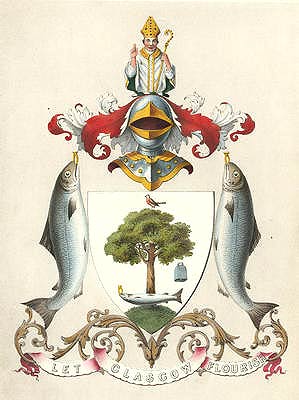
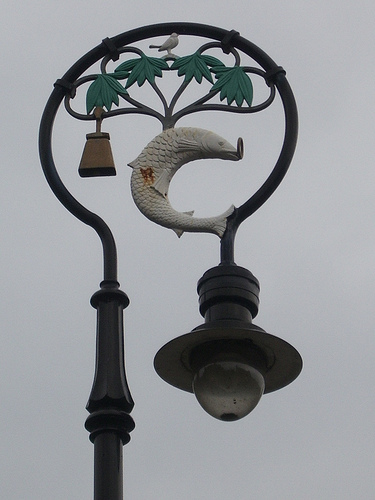
Glasgow Coat of Arms
Glasgow's current motto is 'Let Glasgow Flourish", which is a shortened version of "Let Glasgow Flourish by the preaching of His word and the praising of His name" reportedly coined by St. Mungo himself.
On Glasgow's Coat of Arms is a fish, a bird, a twig (or tree) and a bell.
These are all directly related to miracles supposedly carried out by St. Mungo.
The Bird The story goes that while St. Mungo was still a boy at Culross, St. Serf had tamed a wild robin that he kept as a pet. One day some other boys killed the bird, but it is reported that when St. Mungo held the dead bird in his hand, it came back to life.
The Twig St. Mungo was in charge of stoking the fire at St. Serf's monastery. However, he fell asleep and the fire went out. The only wood available was some branches from a tree outside that were frozen solid. St. Mungo took a branch, held it out, and it burst into flames.
The Bell St. Mungo is reputed to have brought the original bell from Rome, and it rang out to announce services or to announce a death. However, the original bell is missing and a replacement was created in the 1640s. It is now on display in Glasgow.
The Fish King Redderech of Strathclyde suspected his wife, Queen Languoreth, of having an affair with a young soldier. She had given her lover a ring that Redderech had given to her previously. The king took the young man hunting, got him drunk, and when he was sleeping, stole the ring and threw it into the River Clyde. He then asked his wife for the ring. She couldn't get it back off her lover because he had already confessed to losing it. The king had her locked up. Fearing for her life, she sent word to St. Mungo for help. He immediately ordered the messenger to go fishing in the river and bring back the first fish he caught. He duly brought a salmon back, which when St. Mungo cut open, had the ring in its stomach. And so the queen was saved.
Glasgow Cathedral
Nowadays, Glasgow Cathedral, also called the High Kirk of Glasgow, is home to a lively and active congregation of the Church of Scotland.
It is the oldest building in the whole of Glasgow and its architecture is amazing. I visited it several times many years ago when I was a young nurse at the Royal Infirmary, and was allowed to wander round its labyrinth of ante-rooms undisturbed. I can honestly say I had never seen anything like it.
Guided tours are available, and there is a huge wealth of fascinating information surrounding Glasgow Cathedral that I have barely touched on here.



